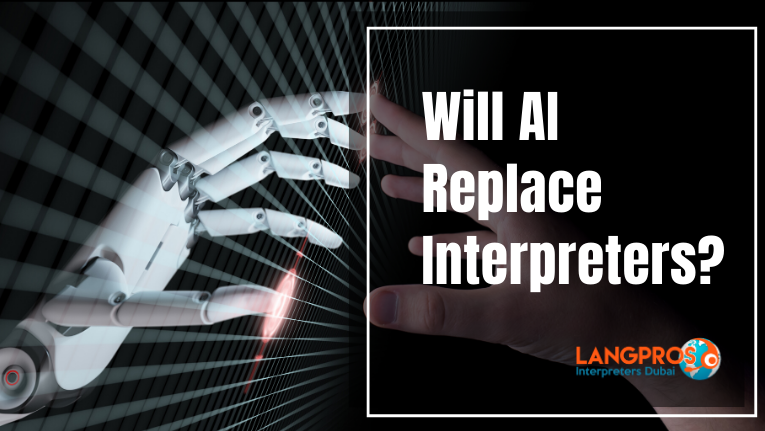We certainly live in an era of implementation. Artificial Intelligence, defined as “the ability of a digital computer or computer-controlled robot to perform tasks commonly associated with intelligent beings”, is being adopted by millions of businesses in every industry, including language service providers.
In the future, AI will probably revolutionize our life and our relationship with language. But where are we right now? And what are the next foreseeable developments?
Are Machines Better Humans?
As more and more magazines, books, movies, and tv programs are talking about the qualities of automated work and AI platforms, we tend to take their perfect functioning as a given. In fact, while AI can be of great use for specific tasks, some aspects of our work are still carried out more efficiently by humans.
In the language field, AI-driven Machine Translation has become quite useful for translating certain types of texts such as legal and technical, thanks to the implementation of language corpora and the progress of neural network and machine learning. Still, a human revision is required.
However, when approaching more abstract or creative genres, such as comedy, poetry, or marketing copywriting, expert human translators are still far superior.
The Challenges of Machine Interpreting
While machine translation is already widespread, machine interpreting is only beginning to emerge as a viable solution for basic communication. This is because MI interpreting requires more steps: speech recognition, speech-to-text, machine translation, text production, and speech synthesis. Each of these steps can produce mistakes that will be amplified in the final translation.
Machine Interpreting is also still very weak in the interpretation of tones and nuances. Moreover, body language, gestures, and accents are still not part of the process, while they play a crucial role in human communication.
AI as a Resource
Machine interpreting may not be viable for most circumstances yet, but it could still make a difference. When on-site or remote interpreting is not economically viable or not readily available, MI could help hospitals or other organizations working with the public in translating basic sentences.
AI can also be beneficial to the preparation of interpreters, helping them in gathering data, information, and terminology before and during events.
While the application of AI in interpreting will certainly bring new, useful solutions to the table, human interpreters will not be replaced by machines, at least in the foreseeable future, especially in top-level events, where mistranslation is not acceptable.
Up-to-date Interpreting Solutions
While Machine Interpreting is still far from becoming the norm, traditional interpreting services are implementing technology to offer a wider range of options to the client.
Langpros offers the new SmartLangPro interpreting app, available for pc, smartphone, and tablet. With this platform, organizations dealing with a multilingual public such as hospitals, hotels, courts, and other bodies can have access to on-demand interpreting services in more than 100 languages with a few taps.
Remote Simultaneous Interpreting on the other hand provides all the advantages of simultaneous interpreting without the transportation and installation costs, and it is the best solution for e-meetings and multilingual digital events.
